You might be wondering what the cut and sew process is. Well, it’s actually the manufacturing process for various types of fabric products, from clothes and tents to dust collecting bags and foam seats. The cut and sew industry plays a crucial role in the fabric world, especially in production and development.
First, a specific product is chosen, then it’s printed on fabric, and finally, the finished product is completed. It’s important that the pattern is accurately cut to ensure the print matches the pattern’s color and design. Cut and sew is an effective design process that guarantees the accuracy and quality of fabric products. Each product is meticulously crafted and closely examined to ensure it matches the vision of the designer, client, and manufacturer.
How Does Cut and Sew Work?
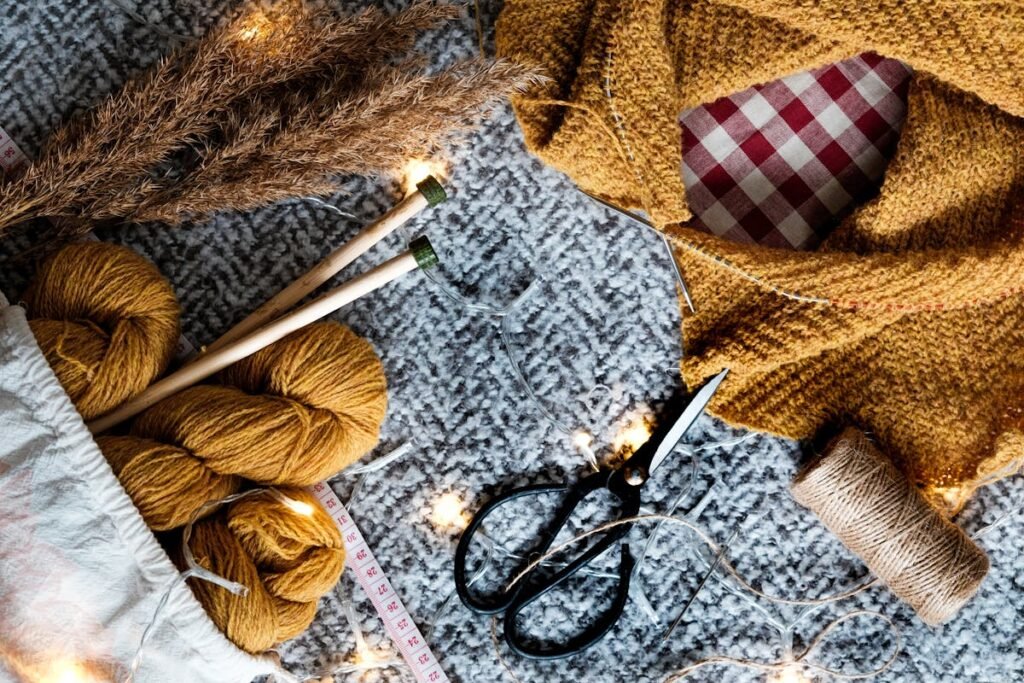
Utilizing a production model created from the cut and sew process enhances creativity. By printing the design directly onto the fabric, there is more freedom, eliminating restrictions imposed by sizes and seams. Most importantly, there are infinite color options, so you won’t be limited to stock colors only.
Furthermore, when it comes to the types of products that can be manufactured with the cut and sew process, there are few restrictions. This is beneficial since almost every industry requires some type of fabric products, as they play a significant role in their manufacturing processes. Unfortunately, despite the significant and valuable contributions of the cut and sew process, the industry has often failed to recognize its importance to the quality and success of the many products it produces.
Consequently, the cut and sew industry works efficiently to ensure that it can deliver a wide range of high-quality products that enable its clients to achieve profit and success. Essentially, the foundation of creating most products lies in the cut and sew industry, from clothing and tents to other forms of fabrics.
The Cut and Sew Process
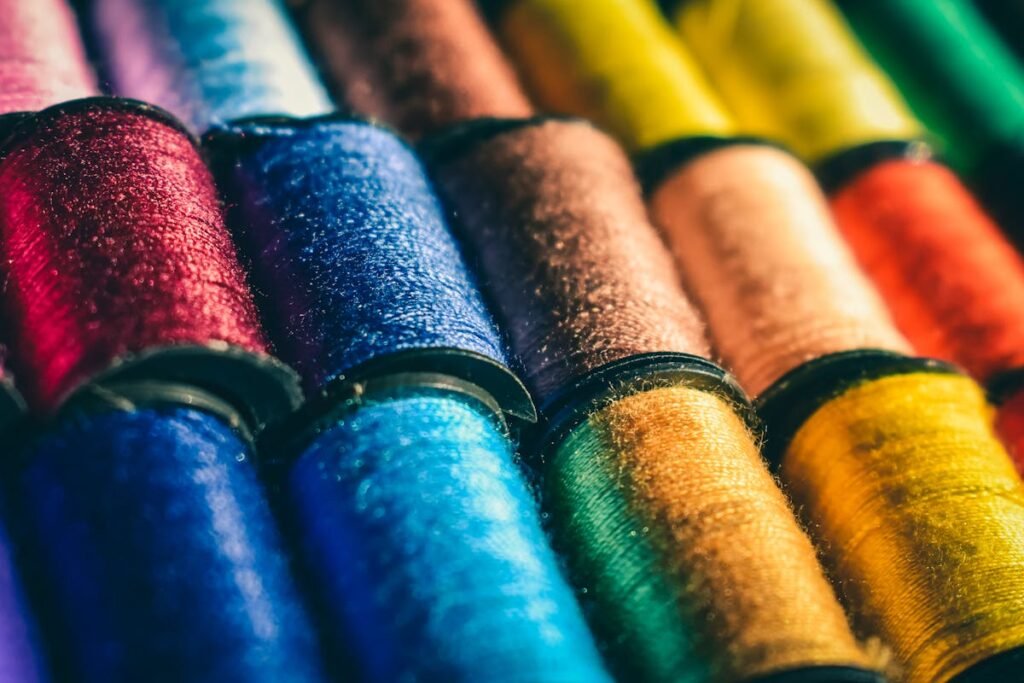
This manufacturing process aims to help creators bring their visions into reality while also enabling mass production of these items. If you have designs for garments, working with cut and sew manufacturers can guide and assist you in turning your creations into reality.
Although it might seem easy to mass-produce clothes or any fabric items, manufacturers will also verify if your proposed designs are feasible, which may reduce the number of approved designs. In most cases, the items brought to manufacturers are designs for clothing. However, clothing is not the only thing that can be created using cut and sew.
Some of the most popular items received by cut and sew manufacturers are leggings, dresses, jackets, T-shirts, sweatshirts, and hoodies. The good news is that cut and sew manufacturers not only cater to clothing but can also produce other items such as teddy bears, rugs, bags, etc. Everything that can be created from fabric can possibly be produced using the cut and sew process.
The Step-By-Step Process of Cut and Sew
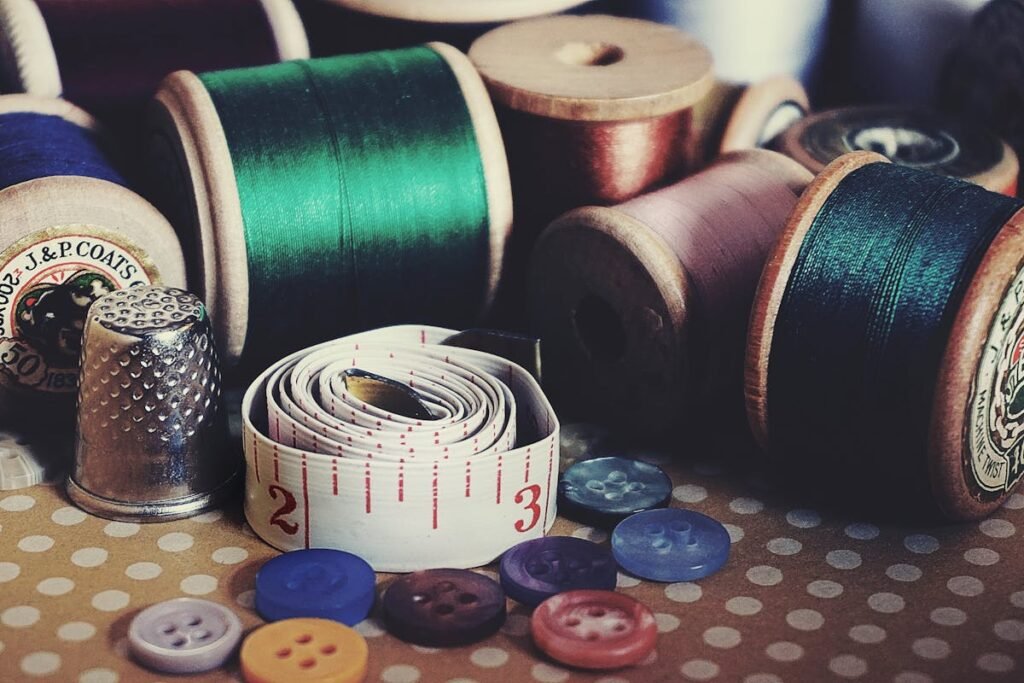
Making Pattern Designs
There are numerous ways to create pattern designs for digital printing. You can utilize different programs such as Computer-Aided Design (CAD), Adobe Illustrator, and Photoshop.
Aside from these computer programs, you can also use hand-drawn patterns, which can be scanned and then traced with a thick marker, making them clearer and easier to manipulate.
Once the image is completed, it will be saved into a file and accessed through Photoshop or any other programs. Changes and adjustments can be made; however, the image should be rasterized and clarified. With this step, the designer is given the freedom to change and adjust the image.
Scanning the Rasterized Image
In this step, the elements of the design are extracted from the original scanned document and pasted onto a new layered background. Here, the original background is already removed, leaving only the designs which need to be filled with colors.
These colored elements are properly arranged, with some transferred to the edges of the background, making them the terminal elements. Finally, these elements are placed and spaced appropriately to achieve the desired creative pattern.
Arranging the Elements
The last step of design creation involves checking the pattern to verify if it’s seamless, resizing it to ensure it’s larger than the original design, and making any necessary adjustments to prepare it for printing. Designers often perform a final check to ensure the image matches their vision. If any changes are needed, they can simply open the saved file.
The Finished Design
All of the steps that are mentioned above are a must in preparing an image so that it can be appropriately placed on the raw fabric. While the sample above talks about the creation of a pattern, this technique can also be utilized for placing a cut and sew design pattern on fabric for the creation of a certain garment.
How to Find a Sewing Manufacturer
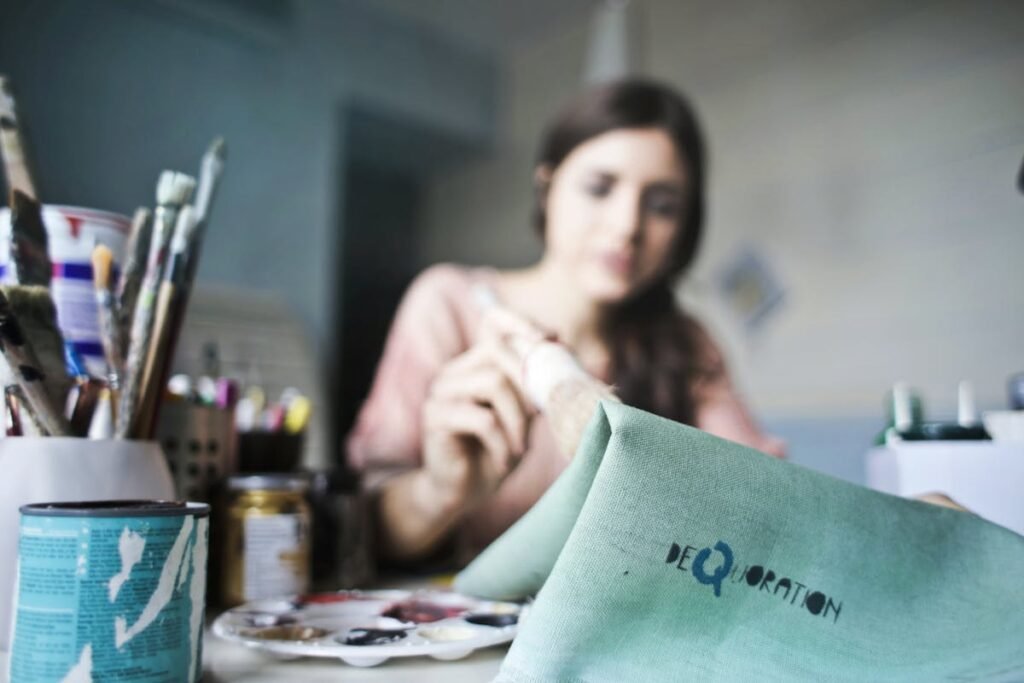
After completing the design, it will be approved, then edited and revised when needed. The next step is to find a cut and sew manufacturer. Although this can be an overwhelming and daunting task, the cut and sew industry is the proper place for taking your design and having it created.
The objective is to take a design pattern, place it strategically on fabric, cut the fabric along with the design pattern, and finally, sew the cut pieces of fabric into the item.
There are many companies out there, ranging from large corporations to small independent ones, and they can be found in various locations. The goal of cut and sew manufacturers is to produce garments and other items by placing design patterns on the fabric. The best thing about these cut and sew manufacturers is that they only require low minimum order quantities (MOQs).
This means that it is possible to place an order of any size with the same pattern. If cut and sew manufacturers require a high minimum order, then companies that are just starting might find it hard to accomplish their goals.
After an order has been received, there are essential things that a cut and sew company needs to tackle. First, they need to check the fabric, cut, sew, and finally check the quality of the item. Fabrics are often checked several times before shipment, but for quality reasons, it’s important to inspect the fabric before cutting.
The fabric will be cut for the sample run, and these cut patterns are then sewn for evaluation and assessment. During the initial stages, the fabric’s quality is inspected multiple times to verify its viability, followed by assessment and discussion.
When introducing a new product, it’s crucial to carefully vet all potential cut and sew companies. Manufacturer listings can provide knowledge, guidance, rankings, and qualifications of these manufacturers. Offshore manufacturers may pose issues with timely delivery, quality, and production delays.
Choose LCR Services for Your Cut and Sew Needs Today!
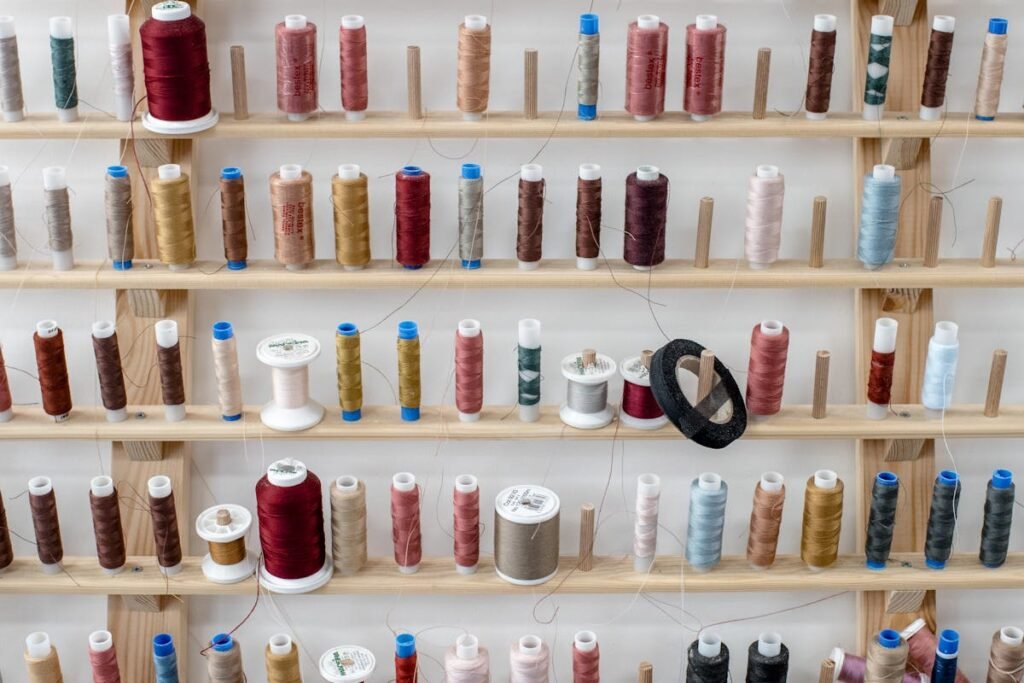
Working with a reliable cut and sew manufacturer is essential, especially for creating a clothing line. These companies can assist with various parts of the production process.
LCR Services is a cut and sew manufacturer producing various products such as tactical gear and vehicle accessories. For inquiries or orders, please email us at sennsour@lcrsvcs.com or call us at 602-200-4277.
